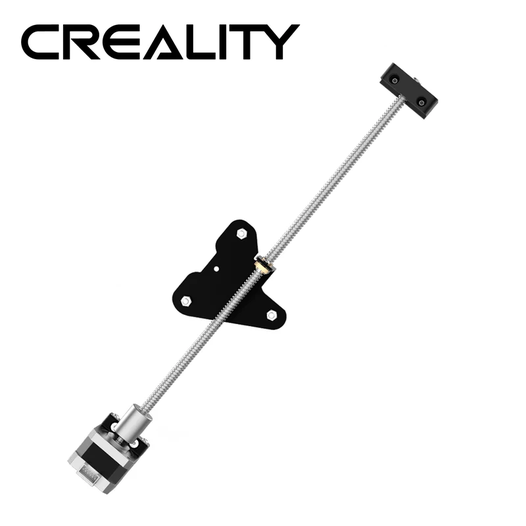A dual Z-axis, also known as a double Z-axis or a redundant Z-axis, is a feature in some 3D printers that uses two separate motors and lead screws to control the movement of the build platform along the Z-axis (vertical) rather than just one. This feature is designed to improve the stability and accuracy of the printer, especially when printing large or tall objects.
The primary benefit of a dual Z-axis is that it can help to reduce or eliminate a phenomenon known as Z-wobble. Z-wobble is an instability that can occur during printing, where the build platform oscillates along the Z-axis, causing the print to be uneven and possibly fail. A dual Z-axis system can help to counteract this by using two lead screws and motors, working in opposite directions, to keep the build platform stable and level.
Another benefit of a dual Z-axis is that it can improve the accuracy of the printer, especially when printing large or tall objects. With a single Z-axis, the weight of the object can cause the build platform to sag or bend, which can result in inaccuracies in the final print. A dual Z-axis system can help to distribute the weight more evenly and reduce the amount of sag, which in turn can result in more accurate prints.
It is also important to note that not all dual Z-axis systems are the same. Some printers use a passive system where one lead screw is idle, and only one is working, others use active systems where both lead screws are actively driven. The active system is usually considered to be more reliable and consistent but also might consume more power and be more expensive.
A dual Z-axis is generally considered to be a feature that is more beneficial for professional or high-end 3D printers, as the added complexity and cost may not be necessary for more casual or hobbyist use. And, not all 3D printers are designed to use this feature and a firmware and/or hardware modification may be required to add the function.
In conclusion, A dual Z-axis is a feature in 3D printers that aims to increase stability and accuracy, especially for large or tall prints, it helps reducing the Z-wobble by using two lead screws and motors working in opposite directions, and it can also help to distribute the weight of the print more evenly. Dual Z-axis is not a common feature in most of the 3D printers, and it's more common in professional-grade models, but it can be added as a modification to some machines.

